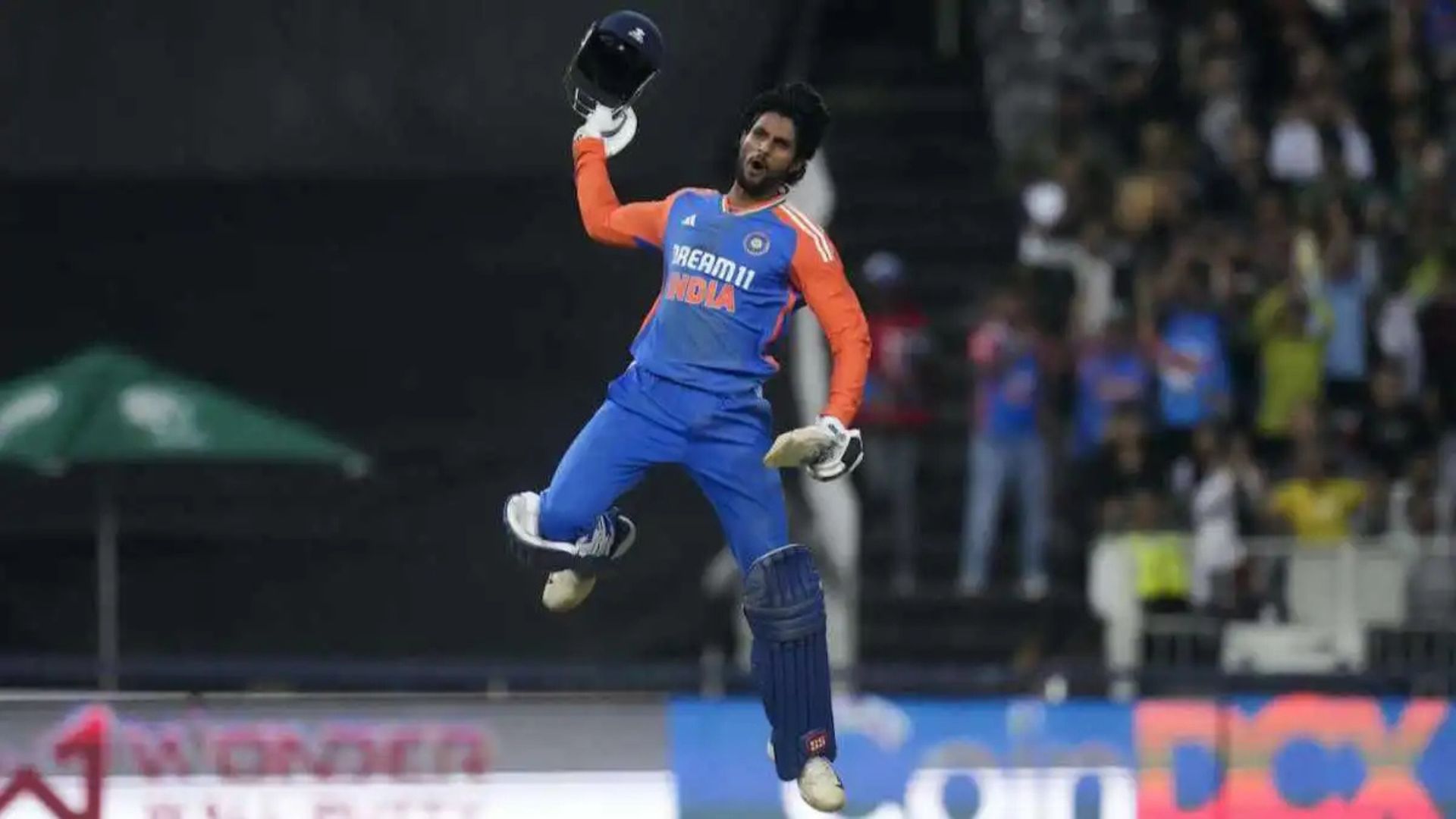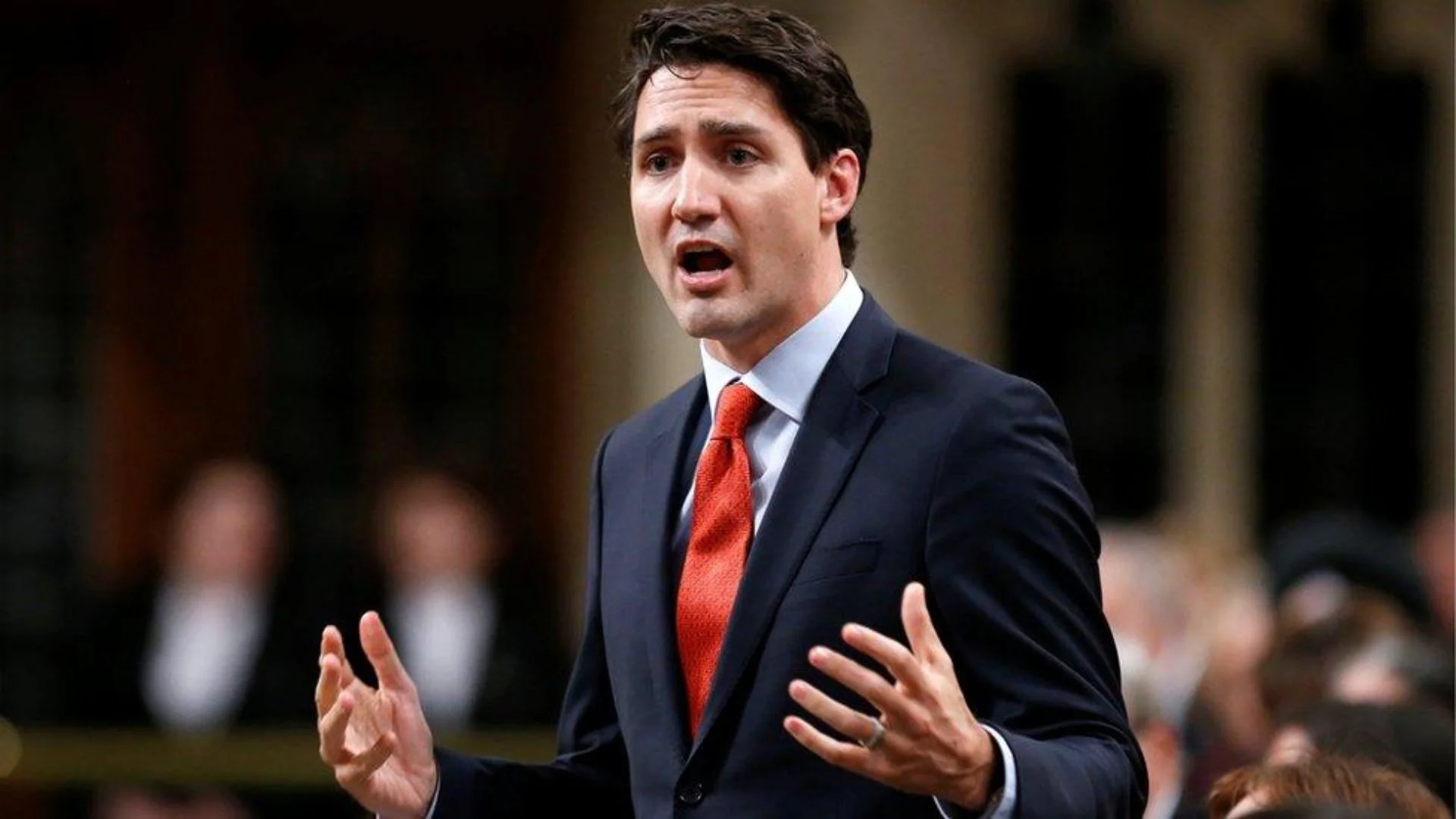
One year after the Telecom Regulatory Authority of India (TRAI) implemented stricter guidelines to combat unwanted marketing calls and messages, the situation in the country has shown only marginal improvement.
According to a survey conducted by the community social media platform LocalCircles, 60% of mobile subscribers continue to receive three or more spam calls on average every day. The majority of these unwanted calls are related to financial services and real estate, often involving well-known brands.
The survey highlights that 54% of respondents are receiving bothersome calls from companies such as Bajaj Finance, HDFC Bank, HDFC Life Insurance, IDFC First Bank, and others.
Approximately 22% of respondents reported receiving calls from companies engaged in real estate activities. Notably, 40% of mobile subscribers identified Bajaj Finance as the top offender, followed by 27% pointing to the HDFC group as the second-largest source of pesky calls.
LocalCircles emphasizes the urgent need for a system that blacklists pesky callers at the identity/Aadhar level, thereby introducing the risk of these individuals not obtaining a new SIM.
The platform also suggests holding the brands accountable for the actions of contracted callers, urging the Department of Consumer Affairs to ensure that brands adopt appropriate consumer outreach practices both within their organizations and with third-party contractors.
The comprehensive survey gathered responses from a significant sample of over 60,000 citizens spanning 378 districts in India. Intriguingly, approximately 6% of the respondents reported that they have not been bothered by any spam calls. This statistic provides a nuanced glimpse into the prevalence of unsolicited communications affecting the populace.
In a bid to address the issue of spam calls, the Telecom Regulatory Authority of India (TRAI) took proactive measures in February of the preceding year.
TRAI directed telecom companies to undertake a verification process for all registered headers and message templates on the Distributed Ledger Technology (DLT) platform. A stringent timeline was set, compelling the blocking of all unverified headers and message templates within 30 and 60 days, respectively.
After these directives, TRAI continued its efforts with a series of follow-up guidelines throughout the year, emphasizing the need to curb pesky calls. A notable initiative included the implementation of an advanced AI/ML (artificial intelligence and machine learning) system designed to detect and deter unsolicited communication.
Furthermore, TRAI issued explicit warnings to Principal Entities (PEs), encompassing entities such as banks, financial institutions, insurance companies, trading companies, and businesses, underscoring the imperative to register their content templates. Despite these regulatory endeavours, the survey data paints a vivid picture of the persistent challenge faced by the public.
An alarming 30% of respondents reported receiving one to two spam calls daily, while an even higher proportion of 36% indicated a more frequent occurrence, with three to five spam calls almost every day. Additionally, 21% of respondents revealed they are subjected to a substantial volume, experiencing six to ten spam calls regularly.
The enduring nature of this issue raises questions about the efficacy of existing measures, despite earnest warnings from TRAI to various entities urging compliance with content template registration.
The persistent prevalence of spam calls underscores the need for sustained efforts and perhaps a more comprehensive approach to effectively mitigate this nuisance for the Indian populace.















